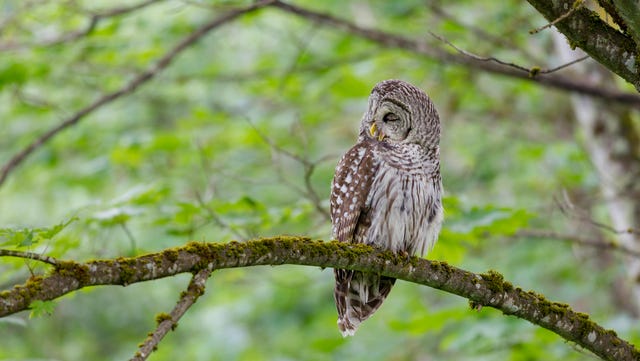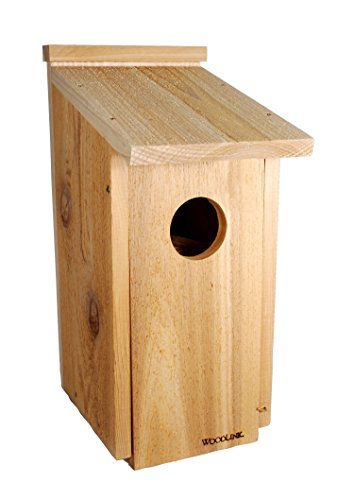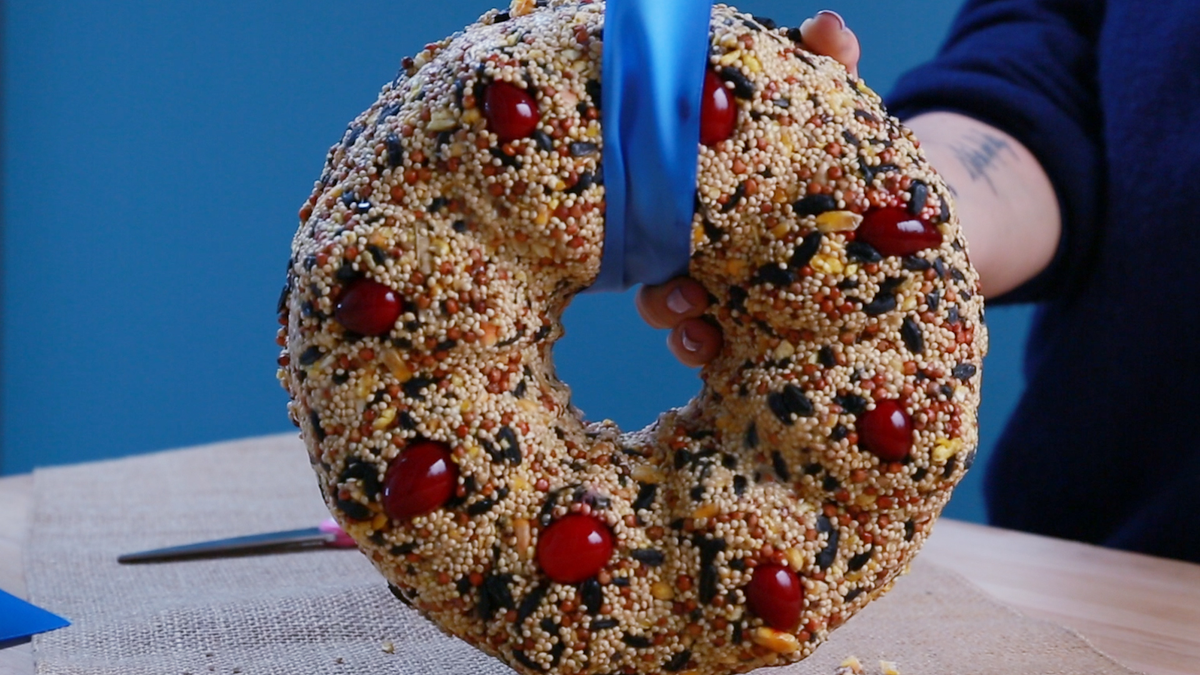People spend millions of dollars on houses, feeders, and seed for backyard birds every year, hoping to draw in a wide variety of feathered friends to watch and enjoy through the seasons. But despite our quest to lure in chickadees, bluebirds, nuthatches, hummingbirds, and other beloved species for our viewing pleasure, many bird-lovers shy away from attracting owls because they think it won't work.
That's simply not true, particularly when we're talking about certain species of owls, says Tom Bancroft, PhD, chief scientist at the National Audubon Society. "In a lot of residential and suburban areas, if people have trees around and open grassy areas, they are likely to already have owls and not even realize it," he explains.
Why You Should Attract Owls
The haunting, magical sound of an evening owl call isn't the only benefit of attracting these nocturnal creatures to your land. Owls dine on a smorgasbord of voles, mice, and other rodents that can pester urban or suburban homeowners, as well as large insects that can wreak havoc on your garden.
Orchard and vineyard operators have long appreciated owls because they don't have to add them to the payroll in exchange for all of the birds' hard work. Farmers can opt out of using pesticides to kill vermin and other scourges by inviting rodent- and insect-eating owls onto their properties. According to American Fruit Grower, a family of barn owls will scarf down an amazing several thousand rodents during a nesting season — with the young eating two to four rodents a night!
While barn owls rank very high in the rodent-control category, other owl species can also knock down the number of mice, voles, and other pests in your neighborhood. The one that's easiest to attract is the screech owl, says Bancroft. Breeding season runs from mid-March through mid-May, depending on where you live in the country, and screech owls will readily move into properly placed owl boxes if trees with nesting holes are unavailable.
Great horned owls also reside in many neighborhoods, though some people don't go out of their way to attract them because they will hunt rabbits and small cats, according to Bancroft.
How to Install an Owl Box
First, learn their language. Your property may already harbor owls without you even knowing it. According to Bancroft, the best way to find out if there are owls already living in your neighborhood is to listen for their calls at night. Here's what they sound like:
Bancroft says that often if you call to them at night, they'll answer you or even fly in for a look. (Truth be told, they're being territorial, not friendly.) Some people also play owl call tapes or CDs to see if a feathered friend will answer back.
Install the box. Many screech owls begin nesting in March and April, so install a nesting spot ahead of time. You can buy one premade or build your own using this free screech owl box plan and untreated pine or cedar. Place the box 10 to 15 feet up in a tree.
Screech owls don't build nests inside the box, so make sure you scatter 2 to 3 inches of untreated wood shavings (such as those sold for rabbit bedding at pet stores) at the bottom. Some people use fallen, dried pine needles or leaves instead.
Place the box in a place where you won't mind owl pellets (regurgitated fur and bones from prey) or whitewash (poop) falling on the ground.
Snuff out a starling problem. European starlings are known to take over screech owl boxes before the owls move in, so it's important to monitor your box. The number one way to deter this invasive species is to place your box in a wooded, not open, area.
If this isn't possible, monitor the box and clean out starling nesting material if you notice the birds frequenting the box. "They will fill the box up with a lot of grass and straw material," says Bancroft.
Watch a nest cam. Barn owls are gorgeous, but generally hard for the average homeowner to attract. Still, it's important to learn about them because barn owl populations have plummeted over the last 40 years — partially due to development and habitat loss but also their low-flying hunting tactics cause many to be struck by cars.
For more information about attracting birds, including owls, check out The Audubon Society Guide to Attracting Birds: Creating Natural Habitats for Properties Large and Small. ($20, amazon.com)

Leah Zerbe is an online editor for Rodale News, where she covers the food system and environmental health issues. Prior to working at Rodale, she worked for NBCPhiladelphia.com and the Philadelphia Daily News. She and her husband run Potter's Farm, a sustainable farm in Pennsylvania.















